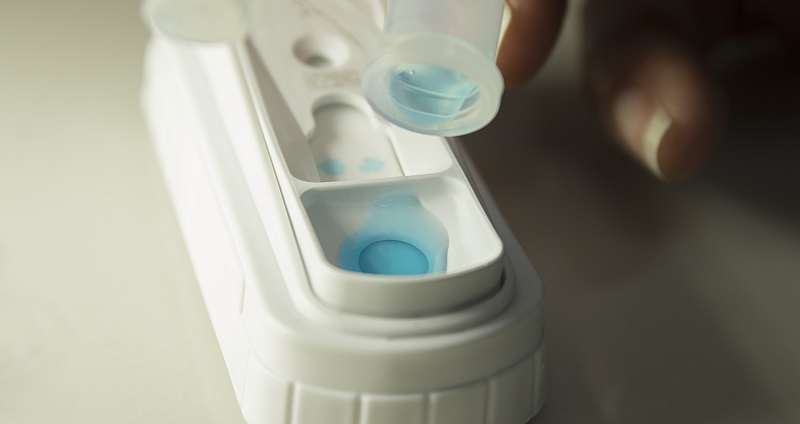As pet owners we seldom think about how our cat or dog’s illness might negatively impact us beyond that of the regular inconvenience of visits to the vets, medical bills, and the cost of prescription drugs, etc. Most illnesses and common ailments that assail pets are non-transferable to humans, leaving us little reason to be concerned for our own welfare. However, though many people are not aware of it, there do exist certain diseases and bacteria which can be passed from a dog or cat to their human owner. Here are some of the illnesses to watch out for.
Cat Scratch Disease: Though the name of the disease sounds nonthreatening and trivial, it is an unpleasant experience to suffer from Cat Scratch Disease. Bacteria can be passed from the cat’s saliva (if he bites someone) or through this claws (by scratching). The victim would then suffer from fevers, headaches, lethargy, and swollen lymph nodes anywhere from a week to two weeks after the incident. The good news is, only about 40% of cats carry this infecting bacteria, so the odds are you will not have to deal with it.
Giardiasis: If a dog or cat is a carrier for a parasite called Giardia, he may have severe diarrhea. Should any water or fecal matter that a human is exposed to be contaminated with the parasite, the individual can suffer from the same symptoms, including vomiting, cramping and nausea for up to 2 weeks.
Leptospirosis: One other human-transferrable disease that is caused nearly the same way as Giardiasis (passed through contact with tainted water, saliva, urine or blood from the infected creature), is Leptospirosis. This disease also causes symptoms similar to the flu, but if left undiagnosed or untreated, the illness can lead to liver failure or kidney disease.
Ringworm, Roundworm, Hookworm:
The roundworm can be shared if a human accidentally swallows roundworm larvae, often found in a female pet’s milk. Ringworm is a topical fungus that grows on the hair, nails and skin of pets and can be passed to humans if their skin comes in contact with the infections. A rash will then make the skin bumpy, itchy and red, sometimes in the shape of a ring. Hookworms live in sand or grass and can be caught by humans who walk, play or sit with skin contact on the surface area where the worms reside. They burrow into the skin, leaving a red irritated line as evidence, and can be spread from dogs to cats to humans through accidentally ingesting the parasite from an animal’s milk.
Toxoplasmosis: The disease that spreads germs from a cat’s litter box to a human can be quite threatening for pregnant women. Contact with the bacteria can be avoided simply by wearing gloves while cleaning litter, washing hands frequently, and by keeping the litter fresh.

